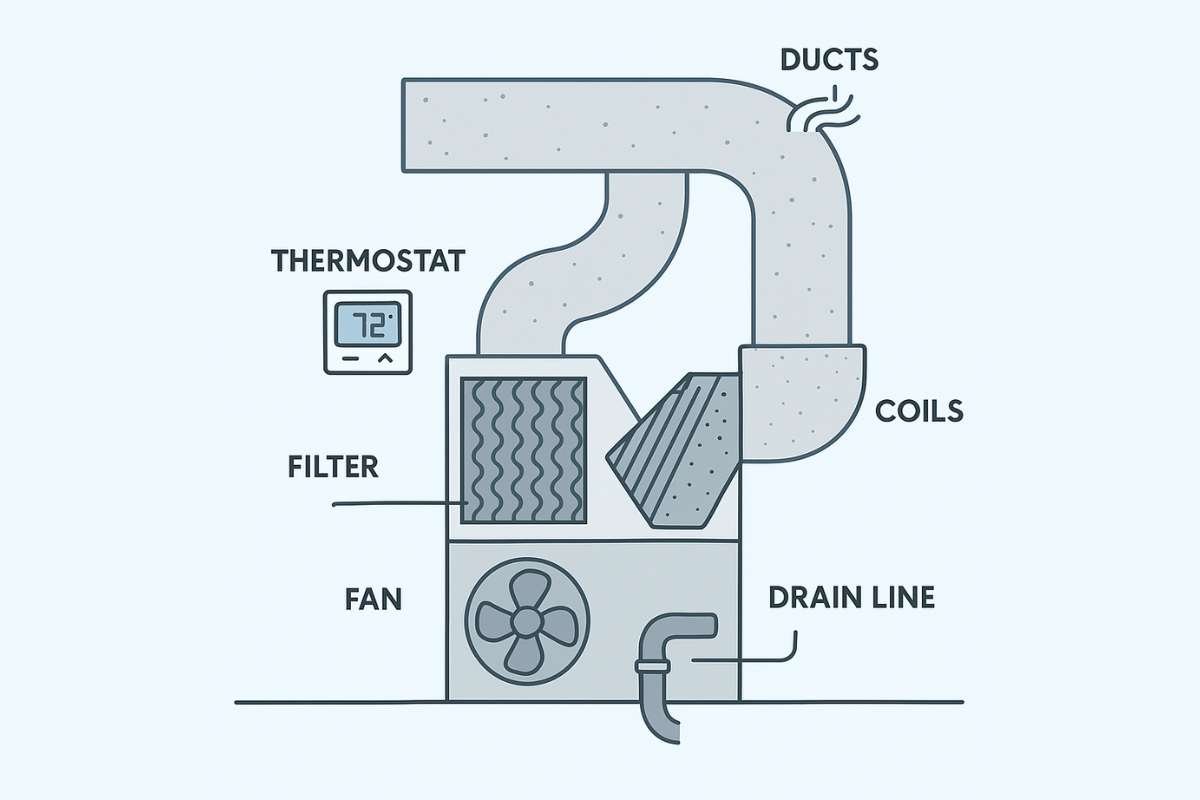If you have recently joined the internet-selling bandwagon, you will probably feel stressed about your conversion rates. The number may decide how well your business is doing and how quickly your profits will likely grow. According to 2023 surveys, the global average website conversion rate during the year was 3.68%. The average in the e-commerce market dropped from 1.65% in 2022 to 1.64% in 2023.
These averages seem painfully low and increase the challenge of online selling for beginners. The worst part is that you may struggle to move the needle because it is easy to believe some common myths and web conversion misconceptions. Being new in the market, you can work on the wrong things rather than focus on what really matters.
In this article, we will highlight a few web conversion misconceptions that may cloud the judgment of new business owners.
Web Conversion Misconceptions #1: More Traffic Spells More Conversions
You may have high traffic volumes, but still miss out on conversions because more traffic will not automatically result in higher conversion rates. Increasing traffic is important, but the quality of that traffic matters equally. According to web conversion experts, you should seek targeted traffic from relevant sources instead of generic or unqualified traffic.
Avita Group recommends a robust conversion optimization strategy (CRO) for sellers, whether new or seasoned ones. The best place to start is to understand the search intent of your target audience and ensure your website caters to it. That’s the only way to make the most of the traffic your site gets after all the hard work invested in search engine optimization (SEO), paid ads, and social media marketing.
Unfortunately, Forbes notes that CRO is the most underrated strategy, despite its significance. E-commerce brands spent a staggering $34 billion in 2023 primarily intending to drive additional traffic. However, if these websites still fall short of converting all this new traffic, that’s because of missing out on CRO.
Web Conversion Misconceptions #2: Conversions Happen Instantly

Surveys show that 84% of Americans have fallen for impulse buying at least once, with 40% of such purchases happening online. Factors like deals, discounts, promotional messages, and easy accessibility often drive such decisions. However, as a business owner, you should steer clear of the misconception that conversions happen instantly after a user lands on a website.
The conversion process often involves multiple stages and touchpoints, specifically for complex and high-value purchases. You need to nurture leads over time through personalized communications, targeted content, and remarketing efforts. Additionally, it requires you to build trust and rapport with potential customers.
Web Conversion Misconceptions #3: Calls-to-Action (CTAs) Must Be Loud and Flashy to Convert
Attention-grabbing CTA buttons are essential, but thinking that loud and flashy ones will land you more conversions is a mistake. They may irritate visitors as they come across as spammy. Focus on clear and compelling CTAs that match the user’s intent and subtly guide them towards the desired action such as filling out a form or buying a product.
Consider the example of PartnerStack, a partner ecosystem platform that witnessed an unbelievable 111.55% increase in its conversion rate by swapping its homepage CTA from “Book a Demo” to “Get Started.” HubSpot states that personalized CTAs can convert 202% better than their basic counterparts. The placement of the CTA is equally crucial because it can help retain attention and drive an action.
Web Conversion Misconceptions #4: A/B Testing Drives Immediate Improvements

With A/B testing, you do a marketing experiment by splitting your audience to test variations and determine which performs better. Half of your audience sees version A of your website/marketing content, and the other half sees version B. While you may have big expectations from this tool, it does not drive immediate improvements.
The truth is that meaningful results may take time because A/B tests require careful planning, implementation, and analysis. Also, you may end up with unreliable or misleading data by using small sample sizes or short testing durations. Experts recommend patience and persistence when it comes to using this approach for better outcomes.
Web Conversion Misconceptions #5: Conversions Will Stay Consistent Once Optimized

Another misconception you should avoid as a beginner is that you can take a set-and-forget approach to conversion rate optimization. The truth is that CRO is an ongoing process rather than a one-time fix. With constant changes in market trends, consumer preferences, and technological innovations, you cannot expect a plan to work over time.
Be ready to adapt and refine your marketing strategies with the changing trends. Monitoring website performance to identify and address the weak areas is a great start. Also, get user feedback and stay on top of industry trends. Adopt an agile approach to maintain and improve conversion rates as things change.
In conclusion, maximizing the conversion rates of your website is not about leaving it to chance. You must adopt a strategy that delivers sustainable results. Besides following CRO best practices, avoid these common web conversion misconceptions to make informed decisions.


















